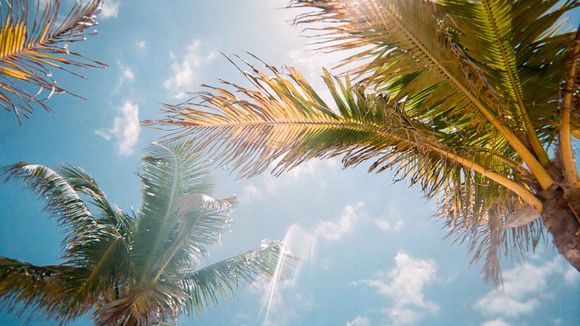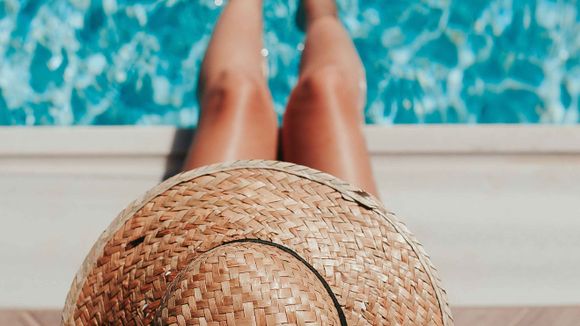Why it is possible for the skin to burn even on a cloudy day
Solar UV radiation is a kind of natural source of energy that we cannot see with the naked eye, albeit so perfectly on its own. But we can feel the ultraviolet energy of the sun directly on our skin. That is why unprotected skin is hot or warm during the day, when the sun bakes strongly.
Solar UV radiation is strongest and most harmful in time between 9:00 a.m. to 3 p.m. standard time, when the Earth is most exposed to the sun.
UV radiation becomes even more powerful and potentially harmful in summer, as the Earth tilts at an angle to the Sun (in winter this slope is much smaller).
For people who live near the equator, solar UV radiation is strong all year round because this part of the Earth is closest to the sun. People who live, work or rest at high altitudes can also be exposed more to the sun.
Solar UV radiation can intensify and do more damage when it reaches reflective surfaces such as water, cement, sand and snow. Here is another potential danger in the big cities - the roads, and the sea - in the sea itself.
What types of ultraviolet (UV) radiation there is
The sun is the largest and only natural source of ultraviolet light to which we are exposed. Artificial sources of UV light, such as solariums, can also cause sunburns and are extremely dangerous.
There are three established types of UV light that the sun emits. Each has different characteristics based on their energy level or wavelength and carries different risks to our health.
- Ultraviolet A rays (UVA) - UVA has the highest wavelength. UVA passes through the Earth's protective ozone layer deep in our skin, causing what we call "tan" and sunburns. UVA rays can also cause genetic damage to skin cells, which significantly contributes to the risk of skin cancer. Although weaker than the other two types of UV light, UVA is sent from the sun in large and constant quantities throughout the year. [ [ref. 1]
- Ultraviolet B rays (UVB) - UVB have an average wavelength. They enter the outest layers of the skin and can also cause tan and sunburn. The ozone layer absorbs a little UVB before they reach us. Their levels change during the day, and also seasonally: UVB is strongest in the late morning to mid-afternoon and from spring to autumn in temperate climates. But UVB rays can damage your skin all year round. [ref. 2]
- Ultraviolet C rays (UVC) - UVC has the shortest wavelength. The ozone layer absorbs them completely, so it does not pose a particular risk to human health.

What are the at-risk groups with increased risk of sunburn
If any of the following risk factors applies to you, consider sunscreens with a higher SPF above 30. You should apply them after consulting a dermatologist to determine the condition of the skin and whether you have any problems requiring other care. If any of this applies to you, seek qualified medical care:
- You have lighter skin or eyes
- You've had sunburns before
- You are taking medicines that may increase sensitivity to the sun, such as antibiotics and birth control
- Use certain skincare products known to increase the risk of sunburn, such as retinoids and benzoyl peroxide
What else can you do to prevent sunburn
It is most useful to use several types of sun protection, as well as a complex of measures to give you peace of mind. Both on sunny and cloudy days in any season, try to take as many of the following steps as possible to protect against the sun:
- Wear long-sleeved clothes and legs, in light colors, especially in summer
- Wear sunglasses. Exposure to UV rays also increases the risk of serious eye diseases over time.
- Apply broad-spectrum sunscreen (which blocks both UVA and UVB rays) with SPF of at least 30 (and 50 for skin that burns more easily). Apply again every few hours as directed by the manufacturer.
- Spend more time in the shade when outdoors, especially on days when temperatures are very high or there is a high UV index. You can find out the UV index for the day across most weather channels, apps, and websites.
- Wear a hat with a wide brim or another that covers your face. Whether during a walk, beach, outdoor sports - it is highly advisable to have a hat at hand.










